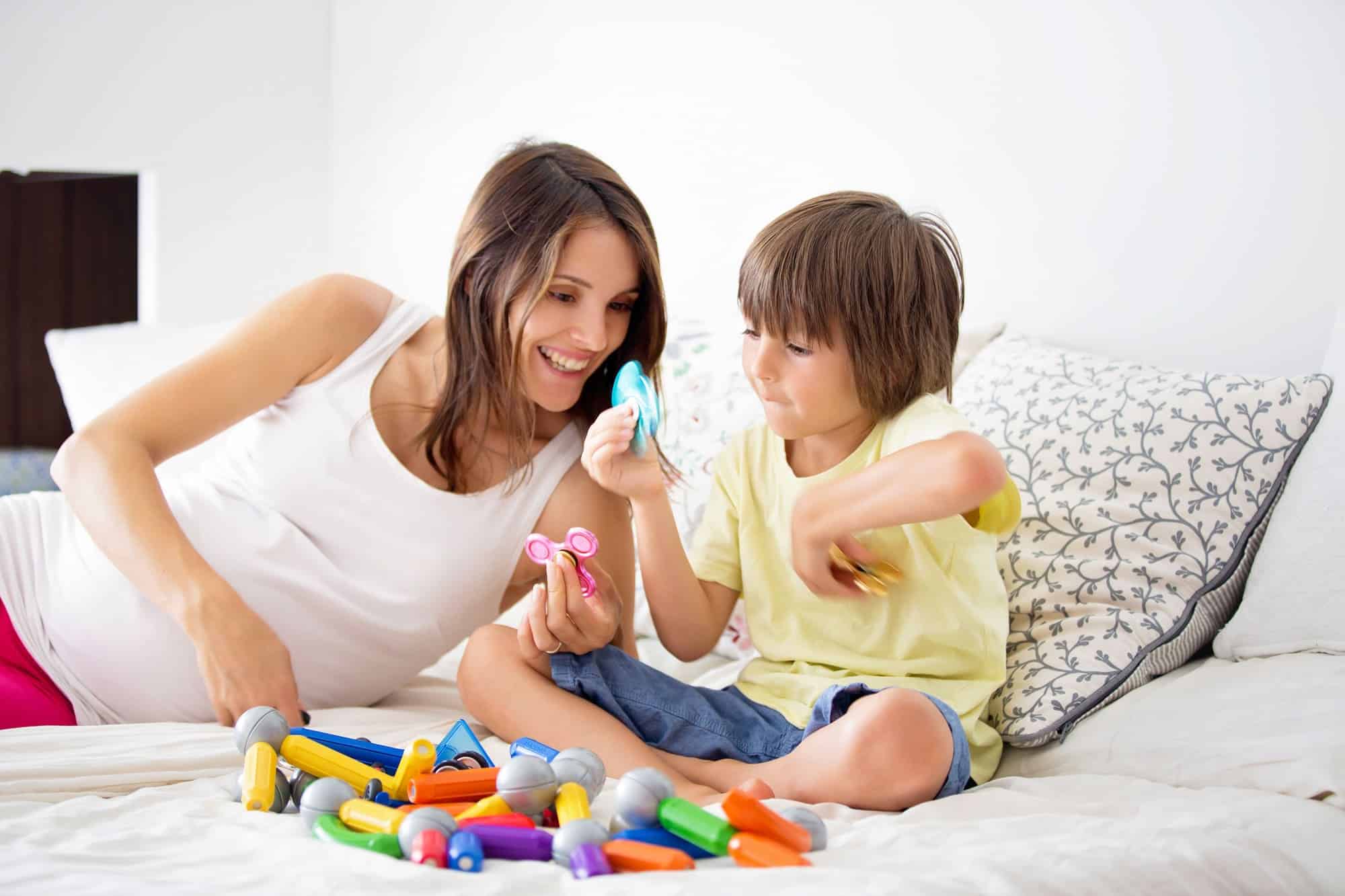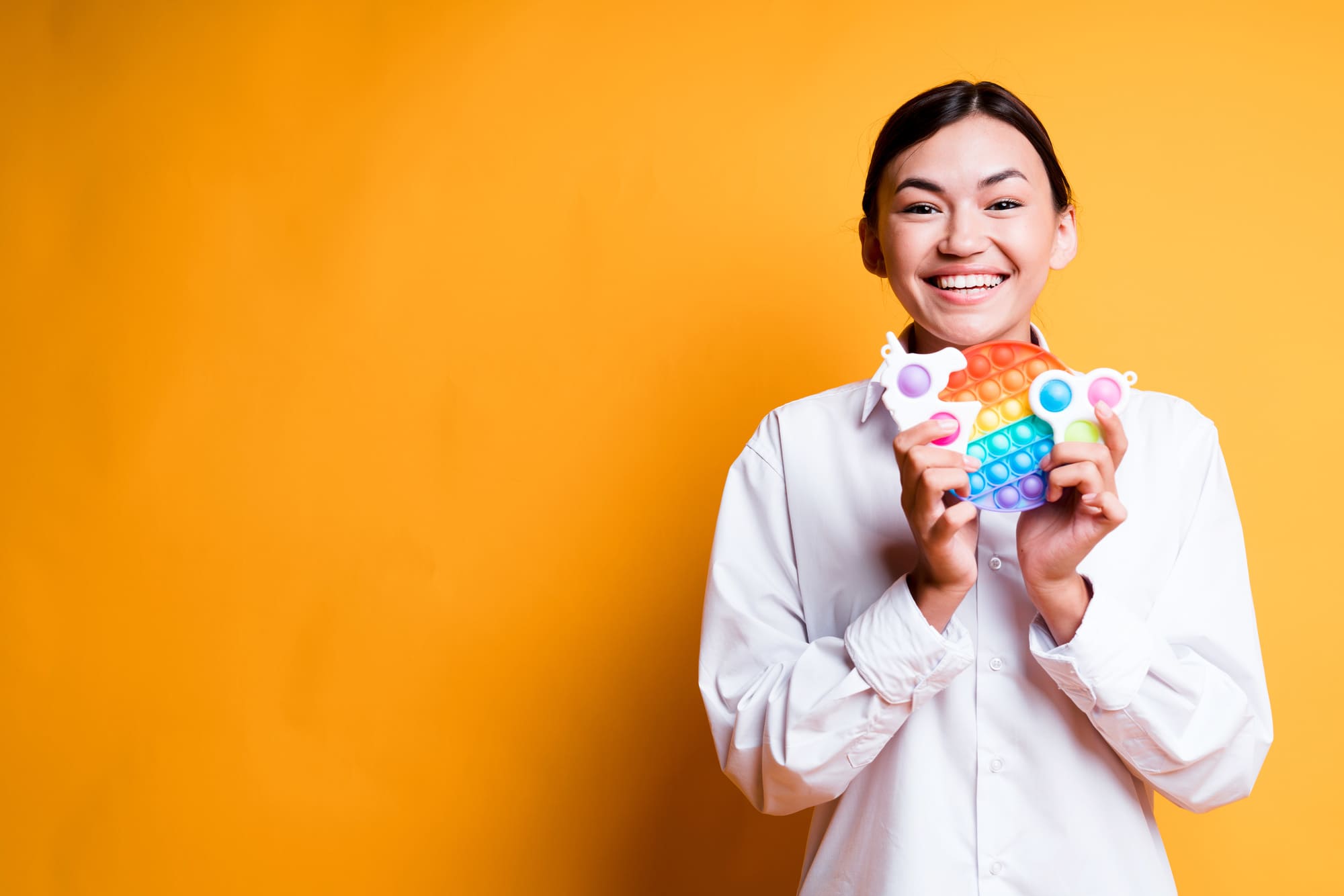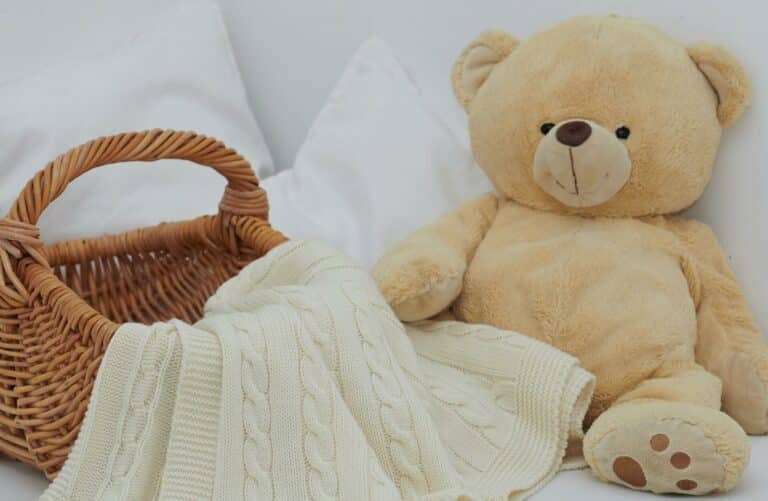ADHD, or Attention-Deficit/Hyperactivity Disorder, is a challenge many families and schools may face. Particularly if you’re a parent or educator, understanding ADHD becomes critical. The bright side? Innovative tools, such as ADHD toys, have been created to effectively manage hyperactivity.
A child with ADHD is not merely being “naughty” or “difficult.” It’s a neurodevelopmental challenge that requires understanding and specific interventions, including medical treatment and toys. This article highlights how ADHD toys can play a transformative role in addressing this challenge.
Understanding ADHD And Hyperactivity
ADHD is a complex and often misunderstood condition. Characterised by symptoms such as impulsivity, inattention, and hyperactivity, children with ADHD confront daily hurdles. ADHD toys could help children with ADHD find calmness in the midst of their hyperactivity.
When a child constantly fidgets, talks excessively, or finds it hard to play quietly, it’s a potential manifestation of hyperactivity. Recognising this is step one. The next is finding ways to help, and this is where ADHD toys come into the picture.
Types Of ADHD Toys
ADHD toys are both extensive and diverse. For example, sensory toys offer a rich tapestry of tactile and visual experiences, from textured mats to squeezable balls. Beyond these, sensory toys encompass items like kinetic sand, weighted blankets, and play dough. These tools can assist children with ADHD in finding calmness and self-regulation when they become overly stimulated.
Some building toys like blocks can also be considered ADHD toys. Children can direct their energy and focus on creating things with building blocks and age-appropriate construction sets. Meanwhile, focus-oriented toys, such as intricate puzzles or soothing spinners, target the cognitive aspect, aiding children in honing their concentration abilities.
Yet, not all ADHD challenges are tactile. Some children are sound-sensitive. Auditory toys, such as noise-cancelling headphones, soft sound machines or even specific musical instruments, offer aural relief.

The Role Of ADHD Toys In Managing Hyperactivity
A toy isn’t just a toy when it comes to ADHD. For example, sensory toys do double duty. These toys captivate children with their textures and colours, keeping their hands and minds occupied. As a result, surplus energy is channelled into constructive play, paving the path for heightened concentration.
Then, consider the ripple effect of fidget toys. Their simple design converts restless energy into a repetitive, soothing action. Whether it’s a spinner, cube, squishy toy or even a simple stress ball, the motion aids in calming the nerves, making tasks more approachable.
Choosing The Right ADHD Toys
When selecting ADHD toys, prioritise suitability over trends. Identify toys that genuinely capture your child’s attention and align with their sensory needs. Opt for toys that don’t overstimulate or overwhelm.
Safety is paramount. Choose durable toys without small parts or harmful materials. It’s also wise to have a variety of ADHD toys. Rotating their use keeps your child engaged and interested.
And while intuition is great, don’t shy away from seeking expert advice. A therapist, ADHD treatment doctor, or experienced teacher can suggest which toys might best align with a child’s unique requirements.
Incorporating ADHD Toys Into Daily Routine
Having ADHD toys is only half the story. These tools should seamlessly integrate into your child’s daily life, enhancing their focus during study sessions and aiding their attention and comprehension.
ADHD toys are versatile and adaptable to various environments. At home, consider setting up a dedicated space for sensory toys. This area can provide a soothing retreat when your child feels overwhelmed. Discreet fidget toys can help maintain focus during meals or while watching a movie without causing disruptions.
In the classroom, ensure that teachers are aware of your child’s ADHD toys and their purpose. These tools can be subtly integrated into educational activities, potentially contributing to academic success. For instance, a stress ball can be used while reading or listening to a lecture, allowing your child to engage their senses without distraction.
However, their utility extends beyond home and school settings. Transition periods, which can be anxiety-inducing for individuals with ADHD due to their aversion to change, become smoother when a familiar toy is at hand. Even moments of rest can be enhanced, with the right toy providing comfort and sensory satisfaction.
Troubleshooting Common Challenges With ADHD Toys
While ADHD toys are generally effective, addressing potential challenges is essential. Some children may become overly reliant on these toys, using them as a crutch instead of developing self-regulation skills. To address this, gradually reduce reliance on the toy as your child becomes more adept at managing their hyperactivity.
Another concern is the possibility of these toys distracting others. In shared spaces, establish clear boundaries for when and where your child can use their ADHD toys. Foster understanding and empathy among peers and siblings by explaining the intended use of these tools.
Conclusion
Coping with the challenges posed by ADHD can appear overwhelming, but tools like ADHD toys make the road less bumpy. Parents and educators possess a range of accessible resources capable of creating concrete, positive changes in the lives of children with ADHD. So, explore the world of ADHD toys and observe the positive transformation they can facilitate.










![Home Renovation Guide [2025]](/app/uploads/2021/04/design-hacks-1-378x300.jpg)
